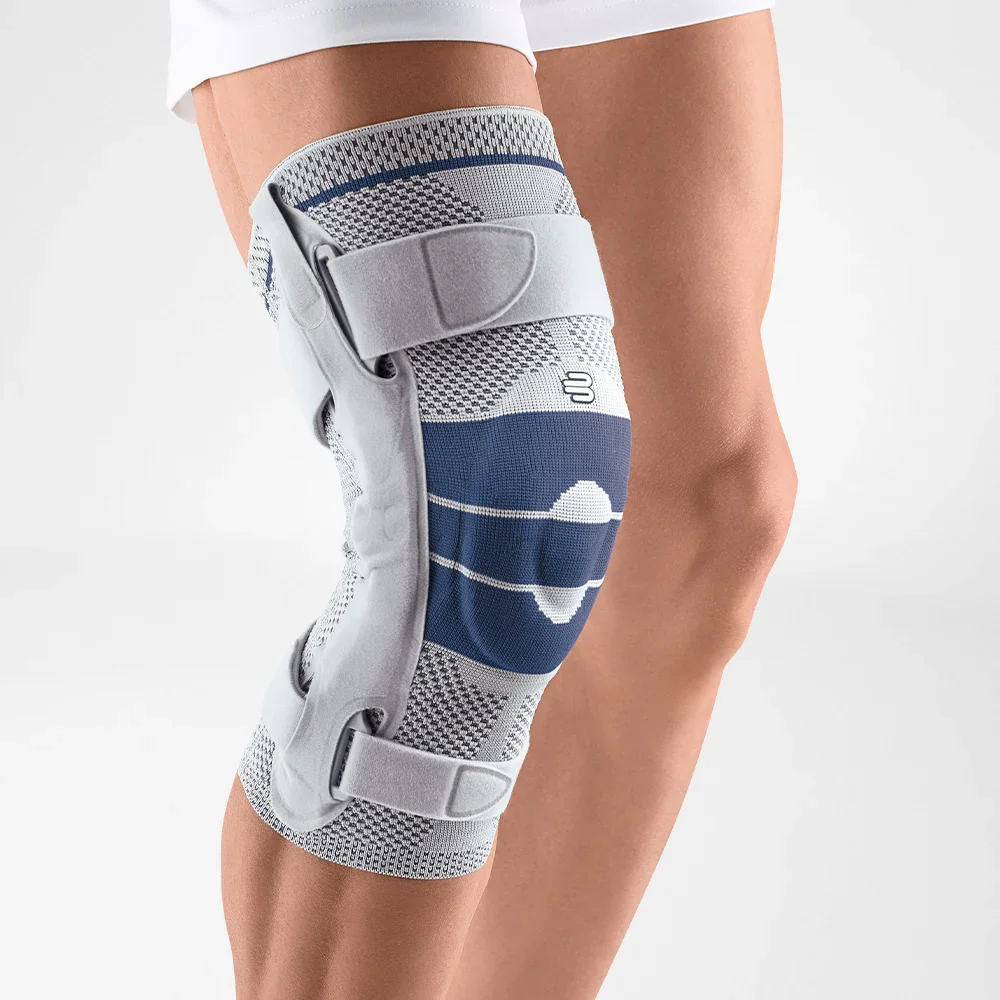Joint Bracing
Wearing a brace can serve many important purposes — from providing support and stability to preventing injury or aiding recovery after one. The need for a brace depends on the specific condition, area of the body, and severity of symptoms.
A brace is an external device designed to:
Support weak or injured joints and muscles
Limit or control movement to allow healing
Reduce pain and inflammation
Improve alignment and function
Reasons Patients May Need A Brace:
1. Injury Recovery
After a sprain, strain, or fracture, a brace helps stabilize the area while tissues heal.
It limits harmful movements that could worsen the injury (e.g., twisting an ankle again).
2. Pain Relief
By providing compression and support, a brace can reduce pain from inflammation, muscle fatigue, or arthritis.
It takes pressure off sore or overused structures (like tendons or ligaments).
3. Joint Stability
Braces are often used for unstable joints (like knees, ankles, or wrists) caused by ligament damage or weakness.
They prevent excessive motion and help restore confidence in movement.
4. Post-Surgical Support
After orthopedic surgery (e.g., ACL repair, spinal surgery), braces protect the surgical site and guide safe, gradual movement during recovery.
5. Chronic Conditions
Conditions such as osteoarthritis, rheumatoid arthritis, scoliosis, or carpal tunnel syndrome often benefit from bracing to maintain alignment, reduce load, and ease daily function.
6. Preventing Injury
Athletes or workers who perform repetitive or high-impact activities may wear braces to prevent strain or overuse injuries.
7. Improving Function or Alignment
Custom braces can help correct poor posture, foot alignment (e.g., flat feet), or gait abnormalities, enhancing balance and movement efficiency.


